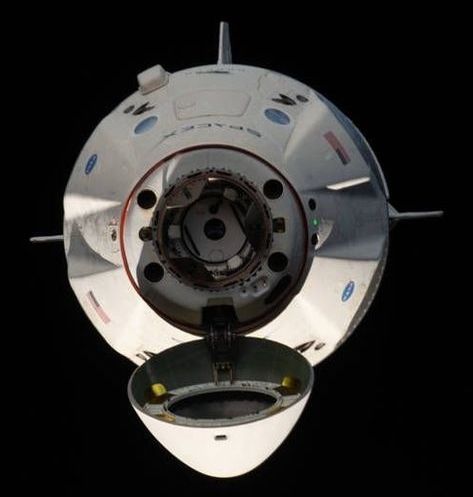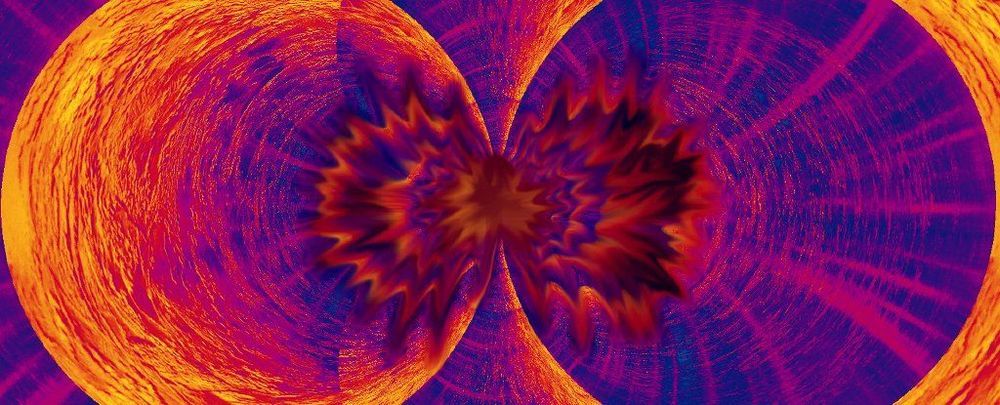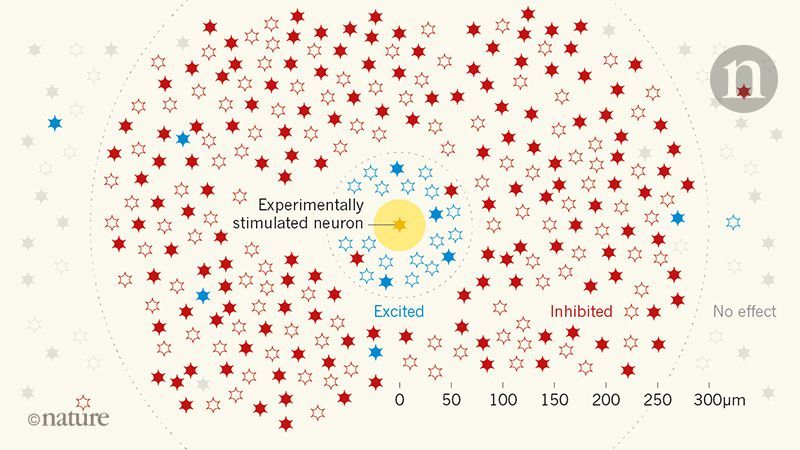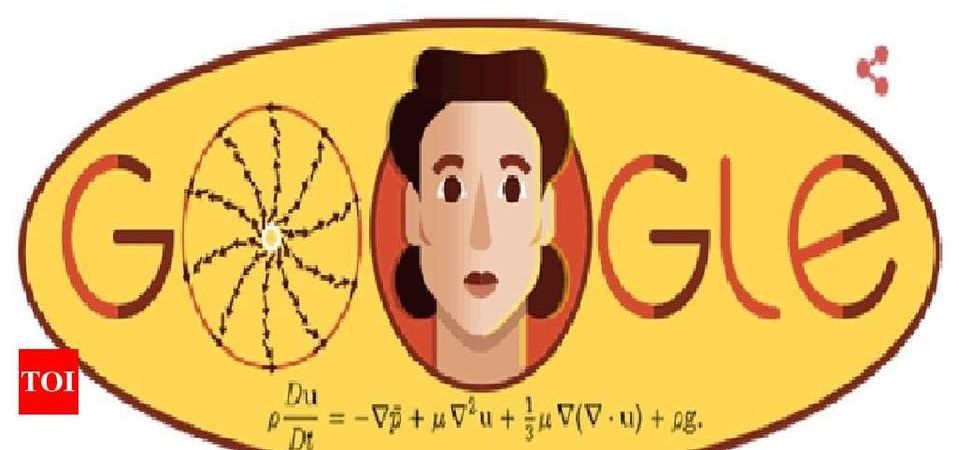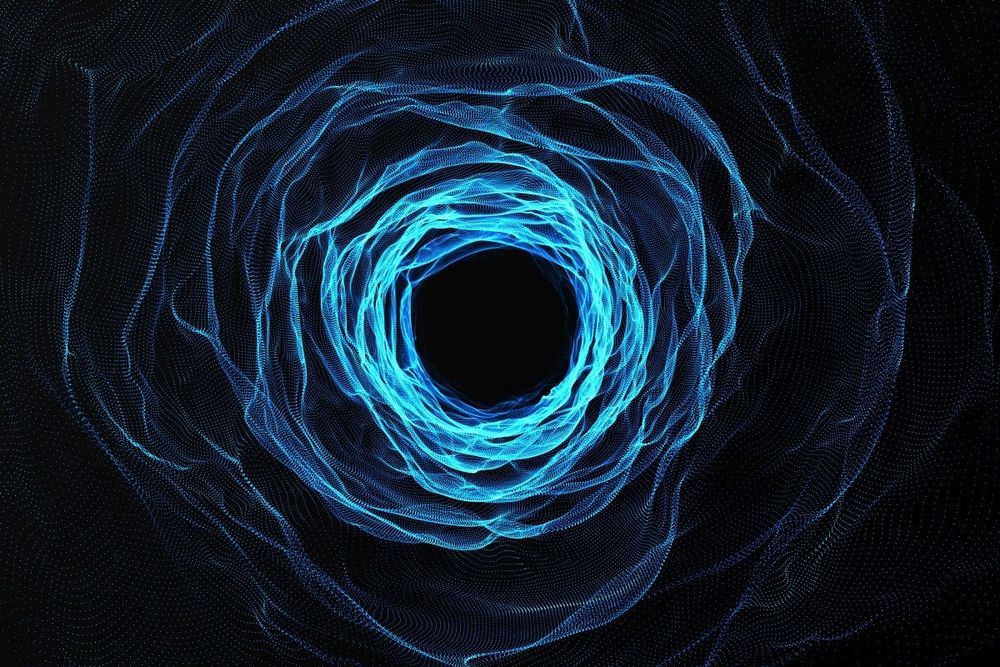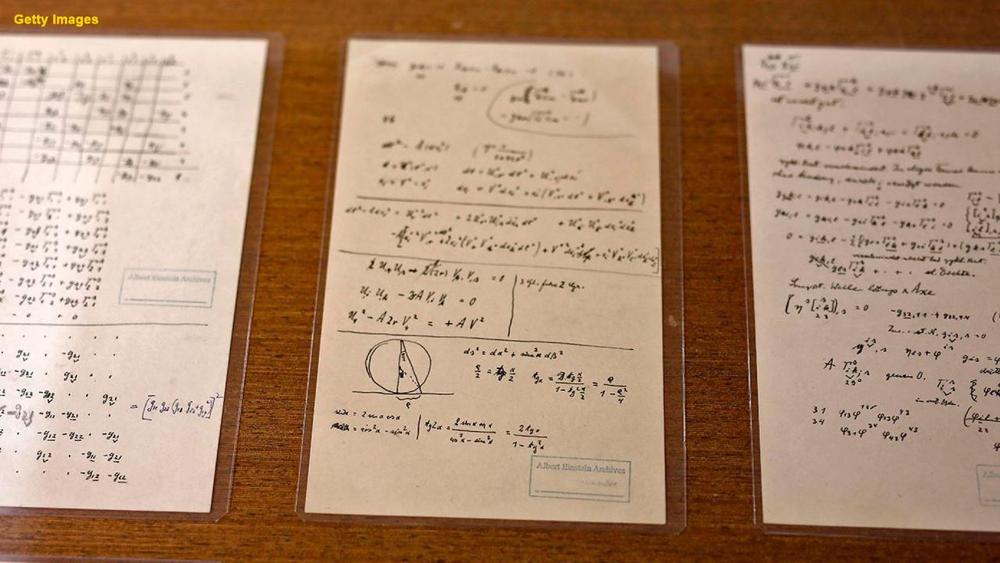Page 9371
Mar 7, 2019
Physicists Want to Use Quantum Particles to Find Out What Happens Inside a Black Hole
Posted by Genevieve Klien in categories: cosmology, particle physics, quantum physics
A new method for analysing the entanglement of scrambled particles could tell us how the Universe still keeps track of information contained by particles that disappear into black holes. It won’t get our quantum information back, but it might at least tell us what happened to it.
Physicists Beni Yoshida from the Perimeter Institute in Canada and Norman Yao from the University of California, Berkeley, have proposed a way to distinguish scrambled quantum information from the noise of meaningless chaos.
While the concept promises a bunch of potential applications in the emerging field of quantum technology, it’s in understanding what’s going on inside the Universe’s most paradoxical places that it might have its biggest pay-off.
Mar 7, 2019
Laser probe detects melanoma instantly using light
Posted by Genevieve Klien in categories: biotech/medical, engineering
Canadian researchers have developed a laser probe that uses changes in light patterns to detect melanoma, the deadliest form of skin cancer.
The device works on the principle that light waves change as they pass through objects. Cancerous cells have a different physical profile to healthy cells, and the researchers designed a system that can detect these patterns instantly. By determining the optical polarisation of different skin lesions, the team was able to distinguish cancerous from non-cancerous tissues.
“With skin cancer, there’s a saying that if you can spot it you can stop it – and that’s exactly what this probe is designed to do,” said researcher Daniel Louie, a PhD student who constructed the device as part of his studies in biomedical engineering at the University of British Columbia (UBC).
Mar 7, 2019
The influence of a single neuron on its network
Posted by Xavier Rosseel in category: neuroscience
The authors’ subsequent in-depth analysis revealed a much more complex pattern than a general inhibition of neural activity. They found that the extent of the influence of neurons on other neurons was related to how they responded to certain features of visual stimuli, such as orientation and temporal frequency. When a neuron was activated, neurons that were tuned to respond to similar features to that neuron were more strongly suppressed than were neurons with a different tu…
The contribution of a single neuron to brain function might seem negligible. But a map of the influence of single neurons reveals a complex pattern that prevents redundancy and enables clear messaging. Inhibitory and activating effects of a neuron on its neighbours.
Mar 7, 2019
Google’s Doodle celebrates Russian mathematician Olga Ladyzhenskaya’s 97th birth anniversary
Posted by Genevieve Klien in category: information science
Google’s Doodle on Thursday marked the 97th birth anniversary of Russian mathematician Olga Ladyzhenskaya. She was known for her work on partial differential equations and in the field of fluid dynamics, which led to several developments in the study of fluid dynamics and paved the way for advances in weather forecasting, oceanography, aerodynamics, and cardiovascular science.
Mar 7, 2019
Researchers close in on physics’ holy grail with ‘super’ breakthrough
Posted by Klaus Baldauf in categories: computing, physics
A team of scientists in the US has brought us a huge step closer to a superconductor capable of working at room temperature.
If humankind were to find a way to construct a large-scale superconductor that could work at room temperature, the way our energy grids and computers are built – and many other areas of daily life – would be fundamentally changed.
The phenomenon is the lack of electrical resistance and is observed in many materials when they are cooled below temperatures of around −180 degrees Celsius, making them rather limited in their application. However, a team from George Washington University in the US has revealed something that could help us finally reach what is one of the most sought-after achievements in modern physics.
Continue reading “Researchers close in on physics’ holy grail with ‘super’ breakthrough” »
Mar 7, 2019
Enter The Quantum World: What The Mechanics Of Subatomic Particles Mean For The Study Of UAP, Our Universe, And Beyond
Posted by Derick Lee in categories: business, government, particle physics, quantum physics
Then the 2017 DoD disclosure occurred, directly contradicting the findings in the Condon Report. We realized we had not discovered all there was to discover — not by a long shot.
AATIP succeeded where others failed simply because our understanding of the physics finally caught up to our observations.
Today, much of our government’s business is conducted behind closed doors, and mostly for good reason.
Mar 6, 2019
Genetically engineered immune cells wipe out lupus in mice
Posted by Genevieve Klien in categories: biotech/medical, genetics
Chimeric antigen receptor–T cell therapy—already approved for some cancers—might help human patients with the autoimmune disorder.
Mar 6, 2019
NASA Captures First-Ever Images of Intersecting Shockwaves From Two Supersonic Jets
Posted by Genevieve Klien in category: transportation
An air-to-air imaging technology developed by NASA has resulted in the first images ever taken of interacting shockwaves produced by in-flight supersonic jets. The new images, in addition to being beautiful, will help NASA design jets capable of producing gentle rumbles instead of loud sonic booms when breaking the sound barrier.
The project, called AirBOS, or Air-to-Air Background Oriented Schlieren flights, recently took place at NASA’s Armstrong Flight Research Center in Edwards, California, reports NASA in a press release. A new imaging system used during the test is now the first to capture high-quality images of interacting shockwaves produced by two different aircraft.
Mar 6, 2019
Famous Einstein ‘puzzle’ solved as missing page comes to light
Posted by Genevieve Klien in category: futurism
A famous “puzzle” from perhaps the world’s most famous theoretical physicist, Albert Einstein, has been solved, after a missing page was found.
The handwritten page was part of an appendix of a 1930 paper written by Einstein towards a unified field theory. It was discovered approximately two weeks ago, officials at Hebrew University said, nestled alongside other Einstein archives.
“But in the copies we had, one page was missing, and that was a problem. That was a puzzle,” Hanoch Gutfreund, scientific advisor to the university’s Einstein archive, said in comments to the AFP.
Continue reading “Famous Einstein ‘puzzle’ solved as missing page comes to light” »
